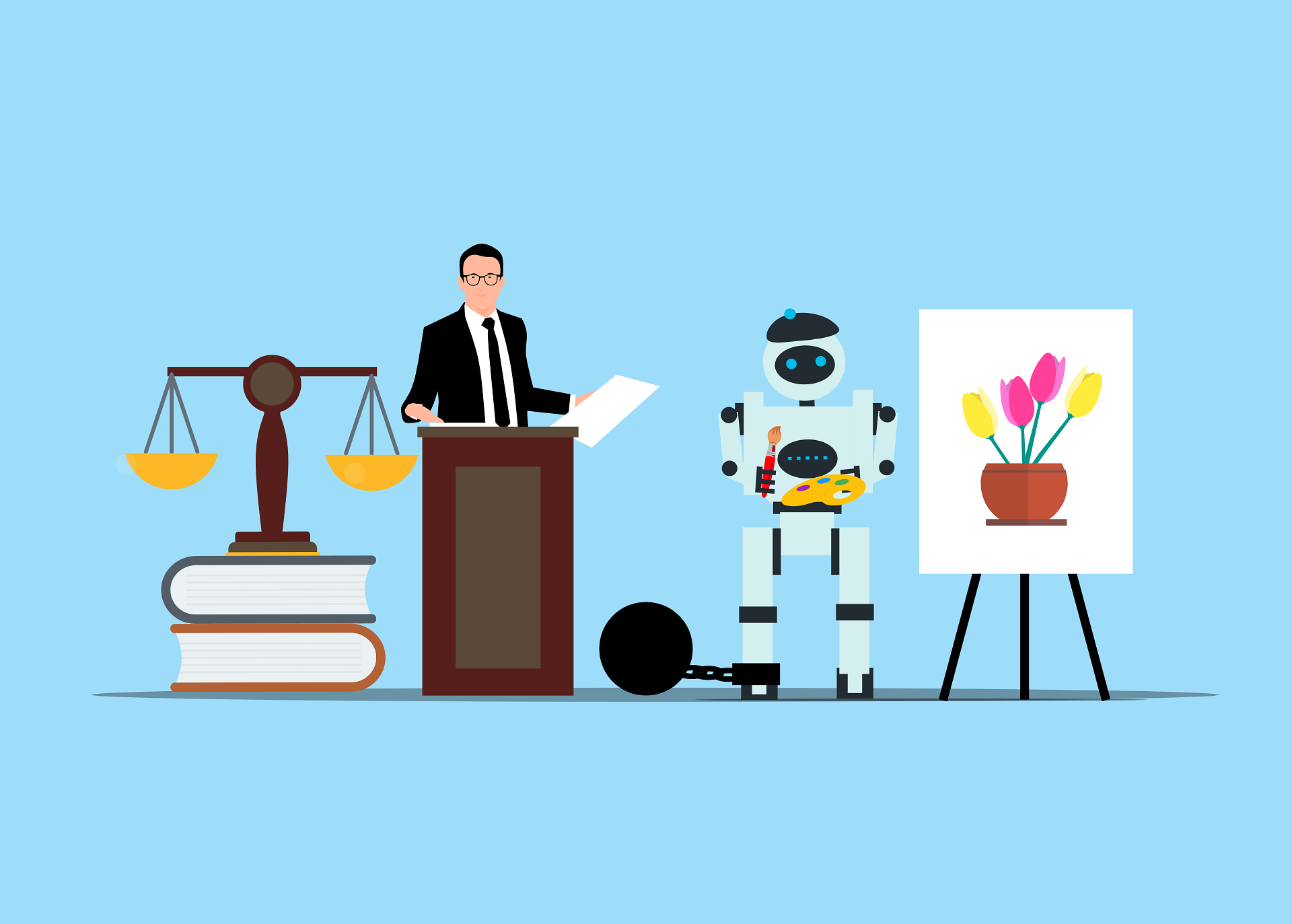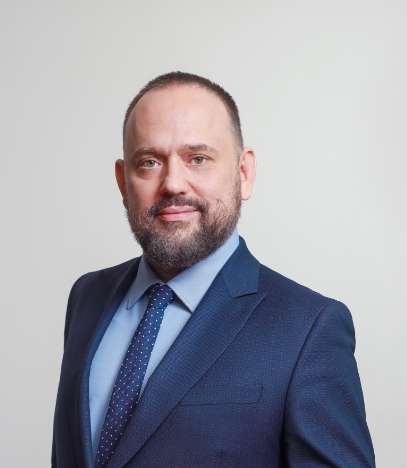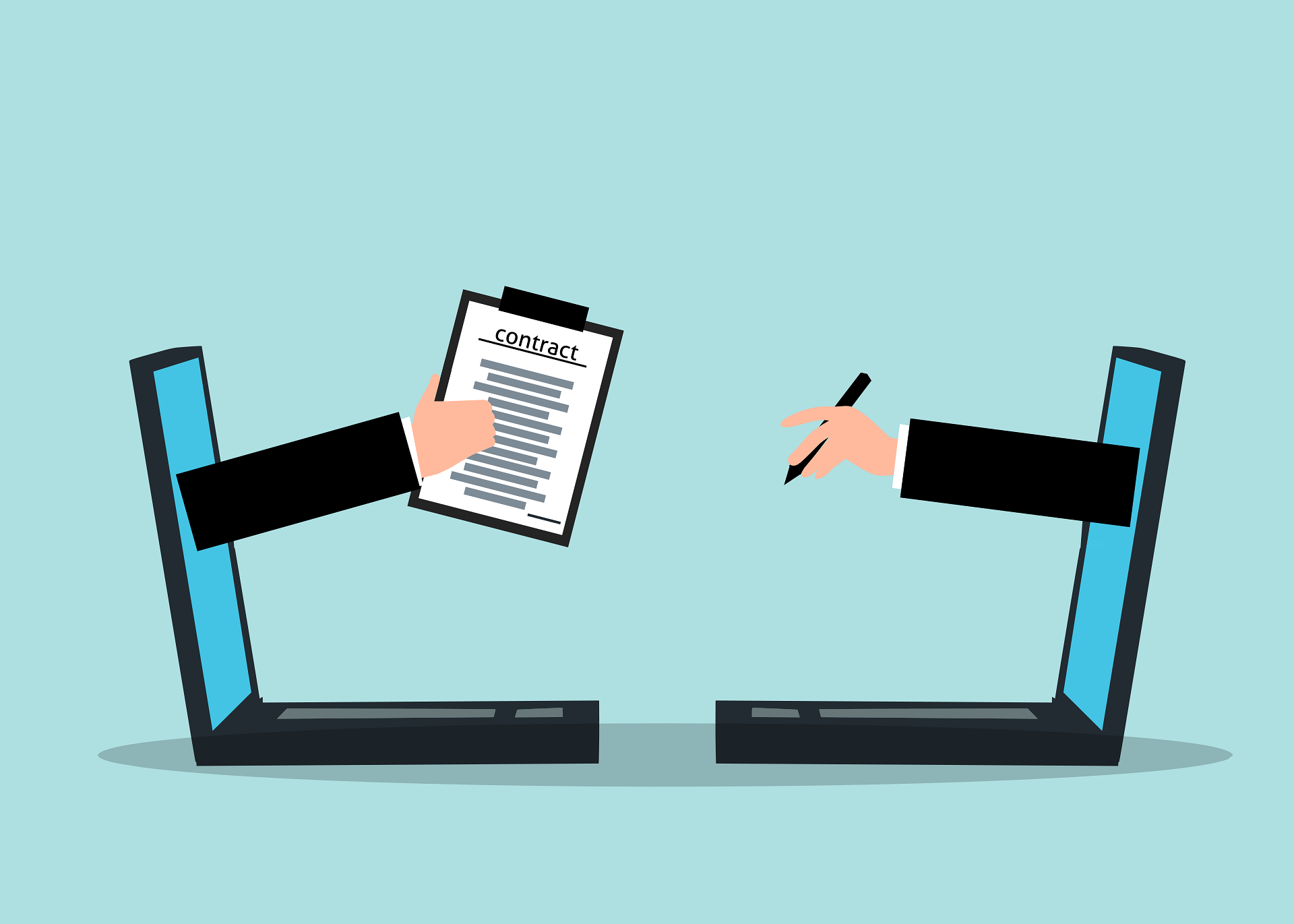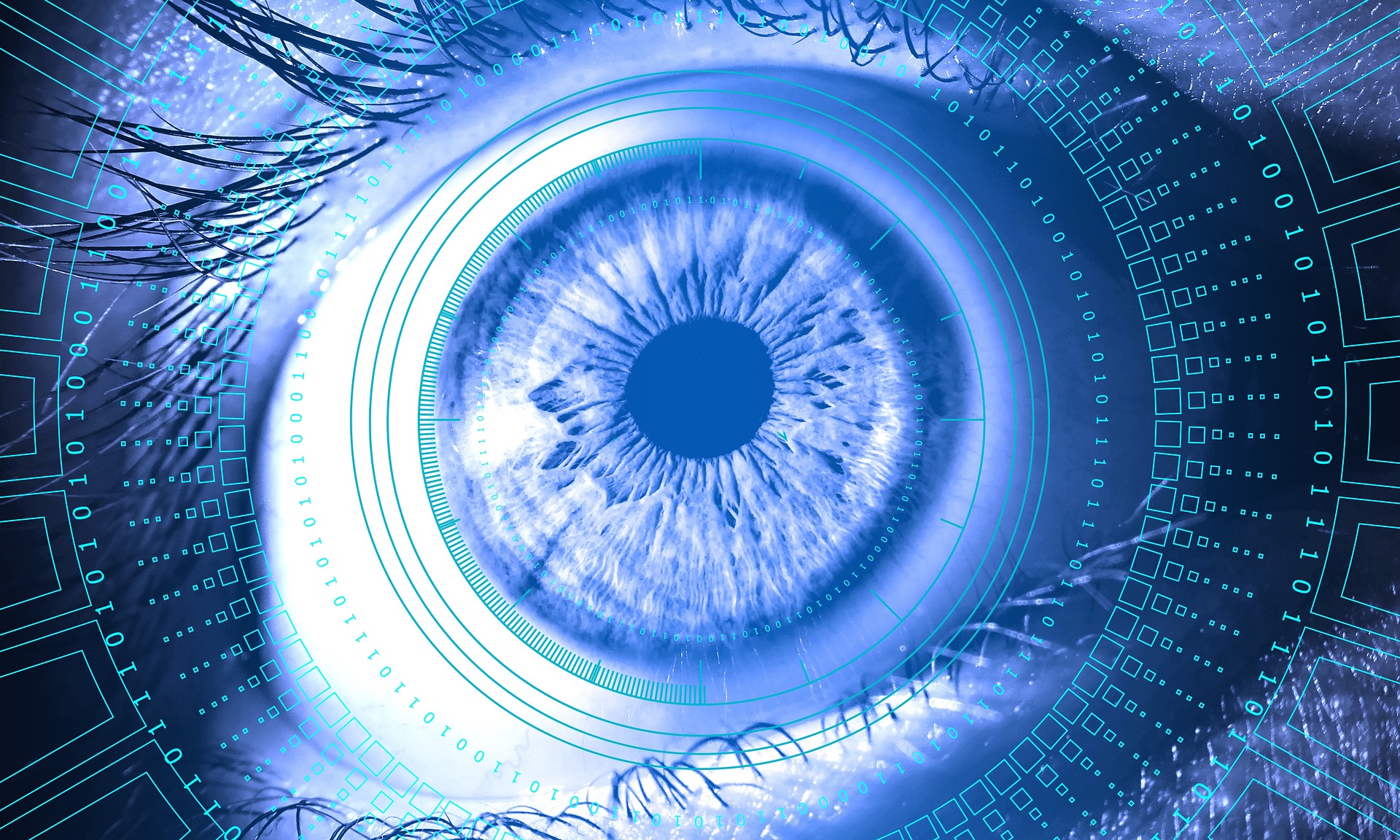
AI in Court: The Global Copyright Landscape in the Age of Algorithms
In March, 2025, the U.S. Court of Appeals for the D.C. Circuit issued a landmark ruling in the case of Dr. Stephen Thaler, who had sought copyright protection for “A Recent Entrance to Paradise” – a work whose author, he claimed, was not a human being but an artificial-intelligence system called the Creativity Machine. The court rejected his claim, upholding the centuries-old doctrine that only human beings can be authors under copyright law. This ruling represents merely the tip of an iceberg of fundamental legal questions that artificial intelligence poses to our contemporary system of intellectual-property protection.
Introduction: When the Machine Becomes the Maker
The development of generative A.I. in recent years has transformed abstract philosophical dilemmas into urgent practical problems. Systems such as DALL-E, Midjourney, and ChatGPT generate millions of images, texts, and musical compositions daily – works that often match or surpass human creations in quality and originality. This technological revolution forces us to rethink the basic assumptions of copyright law, which for centuries has rested on a simple premise: creativity is an exclusively human domain.
Three Schools of Thought on A.I. Copyright
The Human-Authorship Doctrine: The Orthodox Approach
The human-authorship doctrine, dominant in most jurisdictions, treats artificial intelligence merely as a tool – sophisticated, perhaps, but still a tool, like a painter’s brush or a camera. The United States, a bastion of this approach, consistently refuses to register copyrights for works generated autonomously by A.I. The U.S. Copyright Office, in its 2025 report, unequivocally states that the constitutional clause on copyright, referring to “Authors,” applies exclusively to human beings.
The legal reasoning rests not only on literal interpretation of statutes but also on deeper philosophical assumptions. Copyright law, advocates of this doctrine argue, aims to stimulate human creativity and protect human intellectual investment. Granting copyrights to machines would contradict this fundamental logic – machines need no economic incentives to create, experience no satisfaction from recognition of their work, suffer no pain from plagiarism.
Paradoxically, this seemingly conservative doctrine leads to radical practical consequences: works generated by A.I. automatically enter the public domain, becoming common property of humanity. This solution, though elegant in its simplicity, stirs controversy among entrepreneurs investing billions in A.I.-system development.
The Work-for-Hire Doctrine: A Corporate Perspective
Some lawyers propose applying the work-for-hire doctrine – well established in employment contexts – to A.I.-generated works. Under this framework, copyright would automatically belong to the employer or commissioner of the A.I. system. The solution seems natural in corporate contexts: when an employee uses a company A.I. system to create marketing content, the rights belong to the company.
But the doctrine encounters a fundamental obstacle: it assumes the existence of a human creator who is employed or working on commission. When an A.I. system operates fully autonomously, that crucial human element is missing, making application of the doctrine problematic, if not impossible.
The Sui-Generis System: A Revolutionary Proposal
A growing group of academics and practitioners advocates creating an entirely new system of legal protection dedicated to the specifics of A.I.-generated works. Ukraine, in 2022, became the first country in the world to introduce such a system for works generated without human participation, establishing itself as a legal laboratory for the rest of the world.
A sui-generis system would offer a shorter protection period (typically ten to twenty-five years), different criteria for granting rights, and mechanisms adapted to the specifics of A.I. technology. Its advocates argue that trying to squeeze machine creativity into frameworks created for humans is like trying to apply nineteenth-century horse law to automobiles – possible, but inefficient and leading to absurdities.
Judicial Precedents Shaping the Future
America: From Monkey to Machine
The “monkey selfie” case (Naruto v. Slater, 2018), though seemingly comic, established a key precedent. When Naruto, a macaque, took a series of self-portraits with photographer David Slater’s camera, PETA sued on the monkey’s behalf for copyright. The Ninth Circuit categorically stated that animals cannot hold copyrights, reinforcing the doctrine requiring human authorship.
This precedent became the foundation for the later ruling in Thaler v. Perlmutter (2023-25), where courts consistently applied the same logic to A.I. systems. The ruling, though criticized by some as hampering innovation, established a clear line: in the United States, only a human being can be an author.
China: The Pragmatism of the Middle Kingdom
Chinese courts have adopted a surprisingly flexible approach. In the groundbreaking case Tencent v. Yingxun (2019), the Shenzhen court granted copyright protection to an article generated by an A.I. system called Dreamwriter. The key finding was that, although the immediate “author” was an algorithm, human involvement in the creative process – through programming, setting parameters, and supervision – sufficed to grant protection.
The Beijing Internet Court went even further in Li v. Liu (2023), establishing detailed criteria for protecting A.I. images. The court required demonstration of four elements: intellectual achievement, originality expressed through the user’s personalized choices, concrete form of expression, and belonging to the fields of literature, art, or science. This approach, though complex, offers a practical way to distinguish between works deserving protection and simple algorithmic outputs.
Europe: The First Encounter with Reality
In 2023, the Prague Municipal Court issued the first European ruling explicitly rejecting copyright protection for pure A.I. works. The case concerned an image generated by DALL-E based on a simple prompt. The court found that the user’s work – consisting merely of typing a few words – did not constitute the “unique result of a natural person’s creative concept” required by European copyright law.
This ruling, though issued by a lower court, signals the direction European jurisprudence may take. The European Court of Justice has consistently emphasized in its rulings the requirement of “author’s own intellectual creation” – a work that is the author’s own intellectual creation, reflecting their personality through free and creative choices.
Three Categories of One Problem
Contemporary legal discussions scrupulously distinguish three categories of works: creations made by humans, works created with A.I. assistance (A.I.-assisted), and works generated autonomously by artificial-intelligence systems. This categorization, though intellectually satisfying, rests on a fundamental logical error: it assumes that we can, in practice, distinguish these three categories. Meanwhile, technological reality brutally challenges this assumption.
When we stand before a painting, can we determine whether the artist used Photoshop with A.I. features, or only brush and paint? When we read an article, can we tell whether the author used ChatGPT to smooth the style, or wrote it entirely alone? When we listen to music, can we recognize that the composer used generative algorithms to create the melodic line? The answer to all these questions is unequivocal: no.
The Impossibility of Practical Verification
Consider a hypothetical but entirely realistic scenario. An author submits a novella for copyright protection, claiming to have written it independently. In reality, he used GPT-4 to generate an initial version of the text, then manually rewrote it himself, changing about thirty per cent of the content, adding his own metaphors, and modifying the narrative structure. Does such a work deserve copyright protection?
According to the dominant doctrine, it depends. If the human contribution was “sufficient,” then yes. But how do we measure that contribution? Is thirty-per-cent modification too little, or enough? And what if the unchanged seventy per cent constitutes sentence structure, while the modified thirty per cent represents key narrative choices and character development? Who is to judge, and on what basis?
What’s more – and this is the crucial point – no one can verify the truth of the author’s claims. Even the most advanced stylometric analysis cannot tell us with certainty whether a given passage of text originated in a human mind or was generated by an algorithm and then lightly reworked. A.I. systems leave no “fingerprints” in their creations. Language is language, regardless of its source.
The Paradox of the Creative Prompt
Some jurisdictions attempt to resolve this dilemma by evaluating the creativity of the prompt – the instruction used to generate the work through A.I. If the prompt is sufficiently detailed, creative, and reflective of the creator’s personality, the result may receive copyright protection. This approach seems an elegant compromise between acknowledging the role of human input and adapting to technological reality.
But this solution, too, encounters an insurmountable obstacle: the prompt is ephemeral. When we see a finished image generated by Midjourney, we have no access to the prompt that created it. We don’t know whether the user typed a simple message – “beautiful landscape” – or a multi-paragraph instruction precisely specifying composition, lighting, style, mood, and symbolism of the work.
Moreover, the creator can easily falsify the history of the work’s creation. He can claim to have used a complex, creative prompt, when in reality the result emerged accidentally from a simple query. He can just as easily present a retrospectively constructed “original prompt” that was never actually used. A.I. systems typically don’t preserve a complete history of iterations, and even if they do the user has no obligation to disclose it.
Attempting to make protection dependent on prompt quality thus creates a system that can be deceived without possibility of detection – an absurd legal construction. Copyright law cannot rest on unverifiable declarations and creators’ good will.
Argumentum ad Absurdum
We arrive at a point where the current legal approach leads to absurd conclusions. Imagine a photographer who uses a camera with advanced A.I. features: automatic focus adjustment, exposure optimization, noise reduction, even real-time compositional suggestions. Where does “using a tool” end and “generation by A.I.” begin? Does the photographer lose copyright when the camera autonomously makes too many technical and aesthetic decisions?
Or consider a writer using an advanced text editor with A.I. features that not only corrects grammar but also suggests better phrasings, alternative sentence structures, even developments of certain narrative threads. If he accepts eighty per cent of these suggestions, is the text still “his” work?
These questions are not hypothetical. Today, most creators use tools containing artificial-intelligence elements, often without realizing it. Every smartphone processes photos with machine-learning algorithms. Every modern word processor offers intelligent suggestions. Every audio-editing program uses A.I. to clean sound. Trying to divide the world into “human creativity” and “A.I. creativity” is like trying to stop a train that has already left the station.
The Only Logical Path: Full Protection
We face a choice not between perfect solutions but between a system impossible to enforce and a system imperfect but practical. Since we cannot in practice distinguish fully human works from A.I.-assisted ones and fully A.I.-generated ones; since we cannot verify the truth of creators’ declarations about the creative process; since attempts to create criteria based on prompt analysis are inherently unverifiable – only one reasonable solution remains: granting full copyright protection to all works meeting traditional criteria of originality and concrete form of expression, regardless of A.I.’s role in the creative process.
This approach has several fundamental advantages. First, it aligns with technological reality – it doesn’t require distinguishing the indistinguishable. Second, it’s fair to creators – it doesn’t punish them for using modern tools or reward them for concealing the truth. Third, it’s enforceable – it doesn’t rely on unmeasurable criteria or unverifiable declarations.
Critics of such an approach fear a flood of cheap A.I. content in the market. But this fear ignores basic economic reality: a work’s value doesn’t depend on how it was created but on its quality, originality, and usefulness. The market will always reward better content, regardless of whether it was created with a brush, Photoshop, or Midjourney. Copyright protection doesn’t give a work value – it only secures the ability to profit from the value the work already possesses.
Redefining Authorship
Full protection of works created with A.I. participation requires, however, a redefinition of our understanding of authorship. Traditionally, an author is a person who creates a work with their own hands. In the new reality, an author is a person who initiates the creative process, makes key aesthetic decisions, selects and curates results, and takes responsibility for the work’s final form.
This redefinition is not as radical as it seems. After all, we have for years granted copyright to film directors, though they don’t personally record every scene; to architects, though they don’t personally build every building; to composers of orchestral music, though they don’t personally play every instrument. Authorship has always been more complex than the simple act of physical creation.
What matters is intention, vision, and responsibility. A person who consciously uses A.I. to realize their creative vision deserves recognition and legal protection just as much as someone using traditional tools. The difference in tools cannot determine a difference in rights.
Conclusions: Between Idealism and Pragmatism
The ideal solution to the copyright problem in the A.I. era would require an omniscient system that could precisely determine the human and machine contributions to every work, evaluate the creativity of prompts, measure the value of post-production, and definitively determine where the tool ends and the creator begins. Such a system does not exist and never will.
Faced with the impossibility of realizing the ideal, we must choose pragmatism. The legal system must function in the real world, not in the world we wish existed. And in the real world, the only applicable solution is granting full copyright protection to all works of an original character, regardless of the degree of A.I. technology involvement in their creation.
The alternative is a system theoretically coherent but practically dead – a system that creates distinctions impossible to enforce, relies on evidence impossible to verify, and punishes honesty by rewarding deception. That’s not a legal system; it’s a legal fiction.
The future of copyright law lies not in trying to halt technological evolution but in adapting to the new reality. When the line between human and machine becomes invisible, the only reasonable choice is to stop looking for it – not because it doesn’t matter but because the search is impossible, and the consequences of that impossibility are too serious to ignore.
Full copyright protection for works created with A.I. participation is not a capitulation to technology. It’s recognition of a fundamental truth: law must serve people, not ideologies. And it serves them best when it’s clear, fair, and applicable. A system that cannot distinguish what it protects from what it doesn’t protect is not a system – it’s chaos wrapped in legalese.

Founder and Managing Partner of Skarbiec Law Firm, recognized by Dziennik Gazeta Prawna as one of the best tax advisory firms in Poland (2023, 2024). Legal advisor with 19 years of experience, serving Forbes-listed entrepreneurs and innovative start-ups. One of the most frequently quoted experts on commercial and tax law in the Polish media, regularly publishing in Rzeczpospolita, Gazeta Wyborcza, and Dziennik Gazeta Prawna. Author of the publication “AI Decoding Satoshi Nakamoto. Artificial Intelligence on the Trail of Bitcoin’s Creator” and co-author of the award-winning book “Bezpieczeństwo współczesnej firmy” (Security of a Modern Company). LinkedIn profile: 18 500 followers, 4 million views per year. Awards: 4-time winner of the European Medal, Golden Statuette of the Polish Business Leader, title of “International Tax Planning Law Firm of the Year in Poland.” He specializes in strategic legal consulting, tax planning, and crisis management for business.



